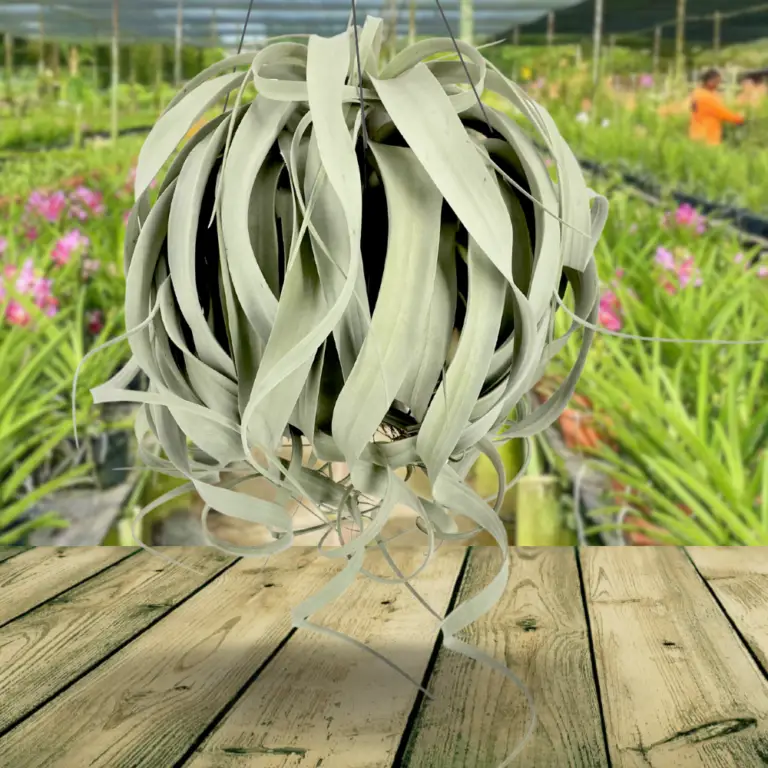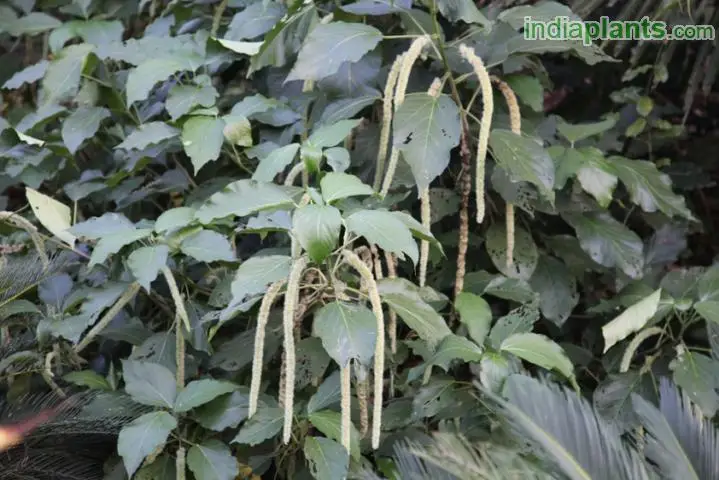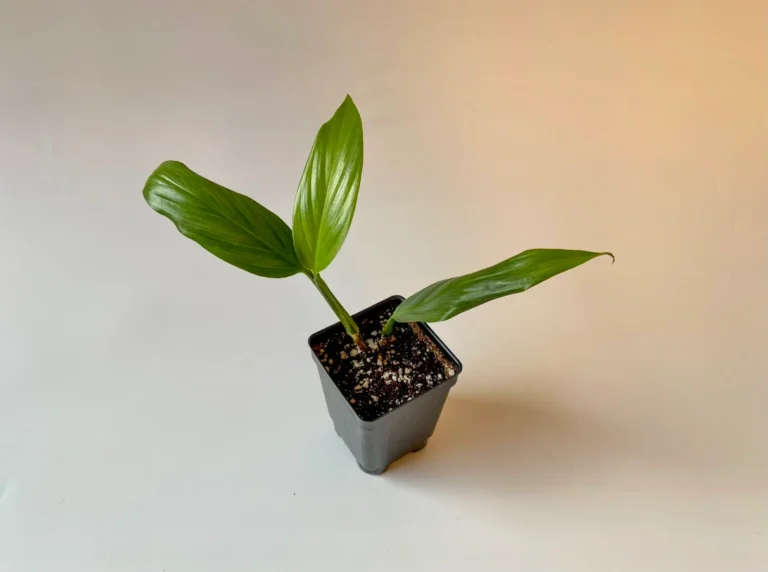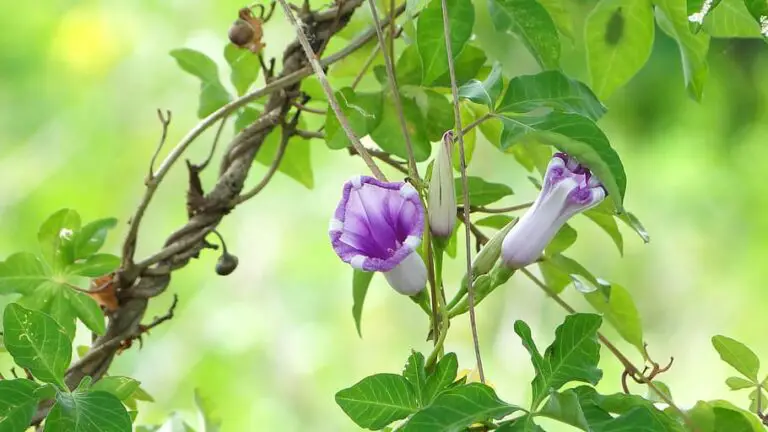- Zinnia Benary’s Giant Lilac double flowers
- Bloom all summer
- Best for outdoor, Cut flowers
- Native to South America and Mexico
- Easy to care
- Good growing in warm temperatures

Overview
| Botanical name | Zinnia elegans |
| Common name | Benary’s Giant Lilac |
| Plant type | Annual |
| Height | 3-4 feet (91-122 cm) |
| Spread | 2-3 feet (61-91 cm) |
| Bloom time | Summer |
| Flower color | Lilac-pink |
| Flower size | 4-6 inches (10-15 cm) |
| Foliage | Green |
| Soil type | Average, well-drained |
| Sun exposure | Full sun |
| Water needs | Regular |
| USDA hardiness zones | 3-10 |
| Pests and diseases | Powdery mildew, aphids, whiteflies |
| Deer resistance | Good |
How to Plant and Grow Benary’s Giant Lilac
Location
- Zinnias thrive in full sun.
- choose a location that receives at least 6-8 hours of direct sunlight every day.
- Well-drained soil necessary for the Zinnia Benary’s Giant Lilac.
- Outdoor (recomaeded)
- Benary’s Giant Lilac can tolerate partial shade.
Planting time
- Spring season, after the last frost
Planting
- Plant Benary’s Giant Lilac in the last frost date.
- Soil rich in organic matter.
- Cover the seeds with well-drained soil and water them lightly.
- Keep spaced about 6-12 inches apart.
- The soil should be loose and crumbly so that the roots can easily grow.
Watering
- Water regularly especially during the germination and early growth stages.
- Once growing completely, zinnias are relatively drought-tolerant, but regular watering will encourage healthier blooms.
- Keep the soil moist but not soggy.
Fertilization
- When planting apply a balanced, all-purpose fertilizer.
- Feed liquid fertilizer every 3-4 weeks during the growing season.
- Avoid high ammonium and high nitrogen levels.
Support and Deadheading
- Zinnia ‘Benary’s Giant Lilac’ can grow tall and produce heavy blooms, so provide stakes or support.
- Remove spent flowers (deadhead) regularly to encourage continuous blooming throughout the season.
Pest and Disease Control
- Zinnias are generally hard but susceptible to a few pests and diseases, such as aphids, powdery mildew, and rust.
- Good air circulation and avoiding overhead watering can help prevent fungal diseases.
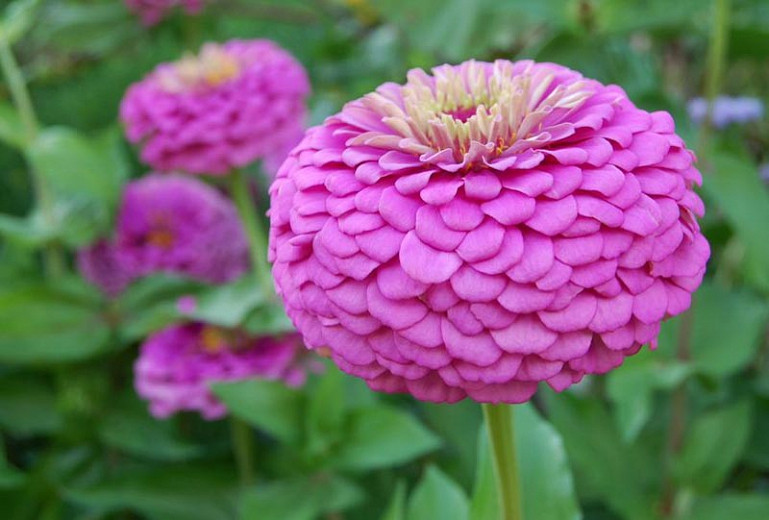
Harvest
Benary’s Giant Lilac Zinnia Harvesting Summary
| Aspect | Details |
|---|
| Timing | Harvest when blooms are fully open and fresh |
| Tools | Use clean, sharp garden shears or scissors |
| Technique | Cut stem just above healthy leaves, diagonally |
| Removing Foliage | Trim excess foliage to conserve plant energy |
| Floral Arrangements | Harvest in the morning, place stems in lukewarm water |
| Continuous Harvest | Expect continuous blooms throughout the season |
| Storage and Display | Keep in a cool, shaded area, change vase water regularly |
Winter Care
- In regions with frost, zinnias are annuals and won’t survive the winter.
- You can collect seeds from your plants for the next season or replant fresh seeds in the spring.
Zinnia ‘Benary’s Giant Lilac’ Care Summary
| Care Aspect | Details |
|---|
| Sunlight | Full sun (6-8 hours per day) |
| Soil | Well-drained, amended if necessary |
| Planting Time | Spring, after the last frost |
| Watering | Keep soil consistently moist |
| Fertilizing | Balanced fertilizer at planting, liquid during growing season |
| Support and Deadheading | Provide support for tall plants, deadhead spent flowers |
| Pest and Disease | Monitor for pests, ensure good air circulation |
| Winter Care | In frost-prone areas, treat as an annual or collect seeds for the next season |




